Panasonic Lumix DMC-TZ7 Review
Panasonic Lumix DMC-TZ7
Yet another high-scoring Panasonic camera? It must be a conspiracy!
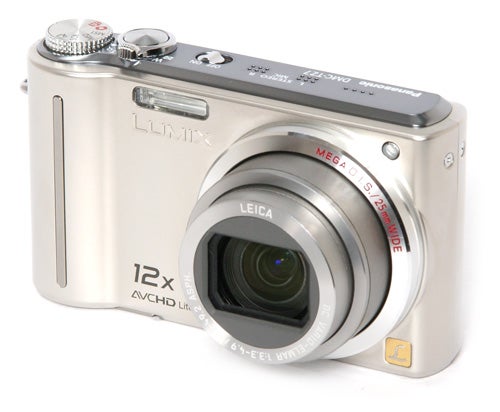
Verdict
Pros
- Long, 12x zoom
- Well built
- HD video with stereo sound
- Versatile
- Good image quality for a compact
Cons
- Smallish battery
- Video clips limited to 15mins
- Still only 'compact quality' images
Key Specifications
- Review Price: £290.00
- 25 - 300mm, 12x zoom lens
- HD video with stereo sound
- 12.7 megapixel sensor
- 3in LCD screen
I can’t really blame you for thinking that it looks suspicious. Of the last ten Panasonic digital cameras that I’ve reviewed only two have scored less than 9/10, and one has even scored the magic 10/10. It’s not just digital cameras either; of the last 10 Panasonic camcorders we’ve reviewed only two have scored less than 8/10, and the same is true of Panasonic TVs as well.
It’s got to the point where at least one reader has directly accused us of taking payments from Panasonic in exchange for high review scores, but the honest truth is that Panasonic keeps turning out high quality products, and our reviews (which are of course completely impartial) reflect this.
I can state with hand on heart that the most I’ve ever received from Panasonic is a couple of invitations to press launch events, along with hundreds of other journalists. I’m telling you all this because I’m about to add to the controversy with today’s review; the new Lumix DMC-TZ7 is another seriously good camera from Panasonic, and so I’m afraid it’s going to get another high score.
The TZ7 and its sister-model the TZ6 are the replacements for the highly successful TZ5 and TZ4, launched at about this time last year, but it’s more than just a cosmetic upgrade of the previous model. The TZ7 is a completely new camera, with a new body, a new lens and some new features. 
The list is impressive: it has a new compact 12x zoom image-stabilised Leica lens with a maximum aperture of f/3.3-f/4.9 and a focal length range equivalent to 25-300mm, an impressively sharp 3.0-inch 460,000 dot wide-view LCD monitor, a dual-processor Venus Engine HD, and most significantly is has 1280 x 720 pixel HD video recording with stereo sound and full optical zoom capability. It uses the advanced AVCHD Lite recording system, a video encoding format designed for solid-state camcorders. The TZ6 is very similar, but lacks the HD video mode and has a smaller 2.7-inch 230k monitor.
Like the previous models in the TZ range the TZ7 is large and solidly made. It measures 103.3 x 59.6 x 32.8mm and weighs 229g including battery and card. This is actually slightly slimmer and about 10g lighter than the TZ5, but it’s still a big chunky camera. The body is all aluminium, finished in a semi-matt texture, and it is available in black, dark brown or the plain silver finish shown here. 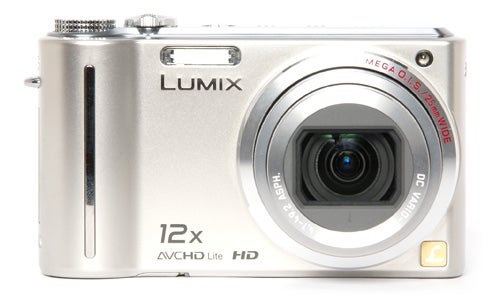
The TZ series has always been sold as travel cameras, and the TZ7 is designed to survive a bit of rough treatment. The overall build quality is extremely good, and almost all the controls are robust and solidly mounted. However there is one exception, and it represents one of my few real complaints about the TZ7. The main mode dial on the top plate is very loose and has a very weak ratchet, and as a result it is easily turned accidentally and can end up between settings. Since the camera won’t shoot unless the mode dial is correctly positioned this can cause annoying delays if you’re trying to shoot quickly on the spur of the moment.
The size of the camera does mean that it’s nice and easy to handle. There is a small but comfortable handgrip on the front, and a textured thumb-grip area on the back which make it easy to hold securely, and despite the huge monitor screen the controls are well spaced out and there’s plenty of room to grip the camera without them getting in the way.
The monitor itself is superb. With a resolution of 460,000 dots it’s twice as sharp as most other compact camera screens, and has an exceptionally wide viewing angle in all directions. It also has automatic brightness control, and although it is a bit reflective and prone to glare, it is bright enough to see clearly in bright daylight.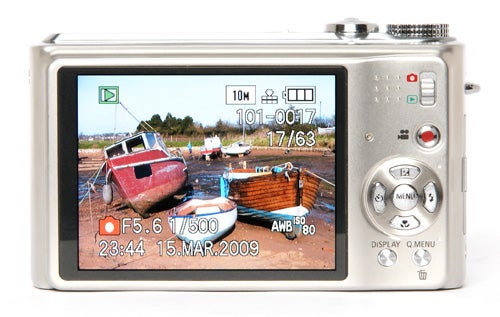
Apart from the annoyingly loose main mode dial, which I’ve already mentioned, the TZ7’s controls are very good. The zoom control is particularly nice. It is smooth and non-stepped, and the control has a progressive action, so it zooms faster the more you turn it. The buttons are all metal and are solidly mounted, operating with a nice positive click.
The only problem is that the buttons of the D-pad have etched silver-on-silver labels, which are hard to see in poor light. The main power switch and the shooting/playback mode selector are small slider switches, and while this is a good idea for the power switch (it’s very unlikely to get switched on by accident), having a switch to select shooting or playback does mean that if you’re reviewing your pictures and suddenly see something you want to photograph you can’t just tap the shutter button to return to shooting mode; you have to slide the switch.
The TZ7 is designed to be relatively simple and easy to use, and lacks features such as manual exposure or focusing. However it still has a fairly wide range of user options, including multiple AF modes, three metering modes including spot metering, a limited range of colour options, three-shot burst and continuous shooting, ISO settings from 80 to 1600 and the usual range of white balance options.
It also has an unusual set of aspect ratio choices. In most other cameras, selecting 3:2 or 16:9 aspect ratio simply crops the image down from the 4:3-ratio full-screen sensor. However the TZ7 actually has a 12.7-megapixel sensor, so even the 10.1-megapixel 4:3 aspect ratio is cropped down. Selecting the wider aspect ratios uses a wider section of the sensor, so they actually cover a wider area than the 4:3 setting. This means that the widescreen formats are ideal for landscape photography.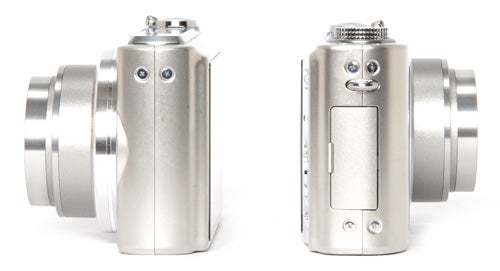
The various settings are accessed via the conventional main menu, but can also be adjusted from the on-screen Quick Menu. As well as the full range of options the TZ7 also has Panasonic’s Intelligent Auto system, which sets exposure, ISO, image stabilisation, tracking AF, scene mode and face recognition automatically. I’m not usually a big fan of “idiot modes”, preferring more manual control, but I have to admit the Panasonic iAuto system does produce excellent results in nearly all situations.
Some of the 27 scene mode programs also have some interesting variations. The Baby and Pet programs have the option to include the subject’s name and age, and the age is automatically updated each year. There is a high-speed burst mode which can shoot at 10fps until the memory card is full, although it’s limited to a maximum of 3MP. Other interesting options include pin-hole camera and film grain simulations, a flash burst mode and an underwater mode for use with the optional DMW-MCTZ7 diving case, which is waterproof to a depth of 40m.
Despite the size of its lens the TZ7 starts up in well under two seconds, although it does take nearly three seconds to shut down again. In single-shot mode at the highest quality setting it has a shot-to-shot cycle time of comfortably under two seconds, which is pretty quick, however in continuous shooting mode it can manage 1.8 frames a second, which is very fast. It also has a three-shot burst option which is even faster.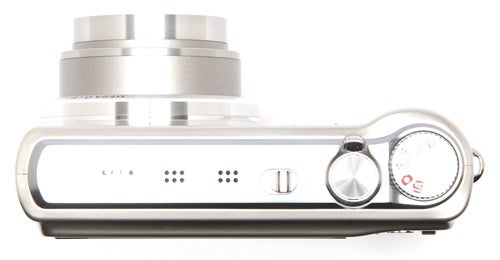
The autofocus system is very good. It focuses quickly and accurately in almost any lighting condition at all, including pitch darkness thanks to a good bright AF lamp with a range of around three metres. Even at the long end of the zoom range the AF hardly ever hunts around, and focuses in under a second. Only at full zoom in very low light does it stumble, but even then at least it lets you know quickly that it can’t focus.
The HD movie mode is superb, arguably the best I’ve seen on a compact camera so far. Sound and picture quality rival the performance of a dedicated camcorder, and the progressive zoom action means you can do some nice slow zoom effects. Unfortunately clips are limited to 15 minutes, but this is not a major handicap. Unless you’ve got a video viewer that has the appropriate codecs you’ll need to use the supplied software to view your movies on a computer, but the TZ7 also has a HDMI output socket, so you can plug it into your HD TV.
The flash ahs been upgraded from the TZ5, and now has a maximum range of an impressive 5.3m at wide-angle. The only slight area of concern is the battery, which is a smaller 895mAh li-ion unit, but this is still larger than most compact camera batteries, and Panasonic claims 300 shots on a full charge, a figure which I have no reason to doubt.
Image quality too is outstanding. Colours are rich and vibrant, exposure is nearly always perfect, and the lens is, as we’ve come to expect from the Leica brand name, superb. It does suffer from slight barrel distortion at the 25mm wide-angle end, but it is pin-sharp from corner to corner, with no chromatic aberration, and the level of recorded fine detail right across the frame is excellent, surpassing most 12MP cameras. At the highest quality setting the average file size is around 5.5MB, which is pretty decent for a 10MP camera, showing very low compression.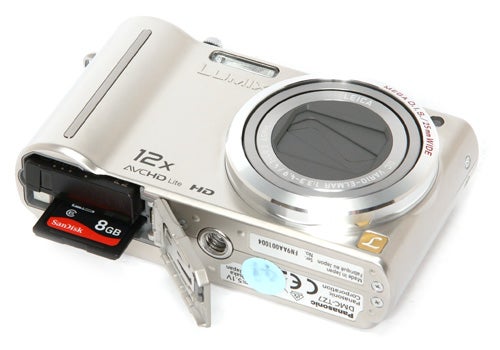
Image noise is also very well handled, considering that this is actually a 12.7MP 1/2.33-inch sensor, although I can’t help but wonder how much better it could be if only Panasonic would switch to a larger sensor format. It produces superb image quality at 80 and 100 ISO, and while there is some noise visible at 400 ISO the images are at least printable, with accurate colour and good detail. However image quality does deteriorate at 800 ISO, and the 1600 ISO maximum setting is best avoided.
”’Verdict”’
Panasonic has done it again with the TZ7, producing a well-designed and exceptionally versatile camera ideal for travel, but also well suited to just about any type of general snapshot photography. Build quality, design, performance and image quality are all excellent, it has a useful range of easy-to-use features, and of course it also has a superb HD video option with stereo sound.
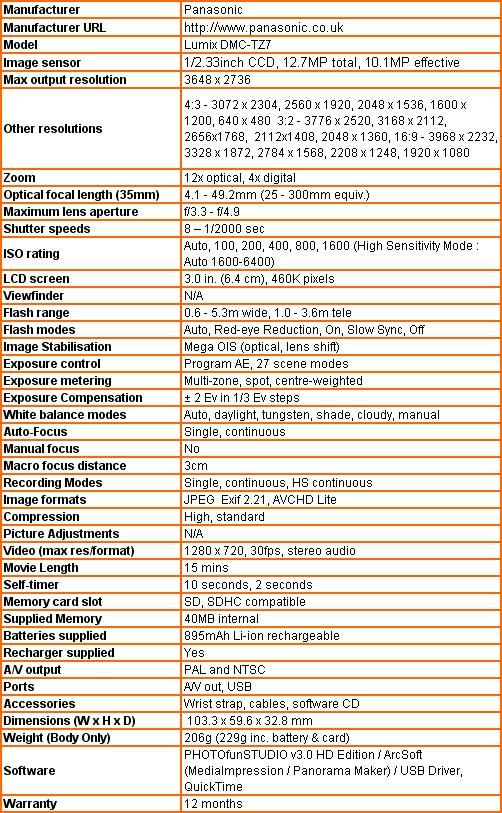
”Over the next few pages we show a range of test shots. On this page the full size image at the minimum and maximum ISO settings have been reduced to let you see the full image, and a series of full resolution crops have taken from original images at a range of ISO settings to show the overall image quality. These ISO test images are shot indoors using reflected natural light for maximum consistency. ”
—-
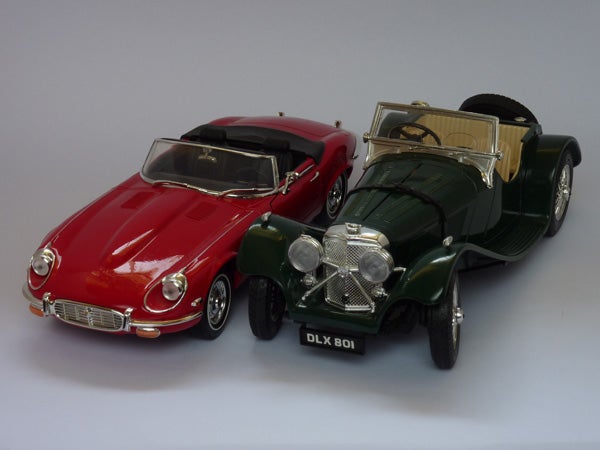
This is the full frame at minimum ISO.
—-
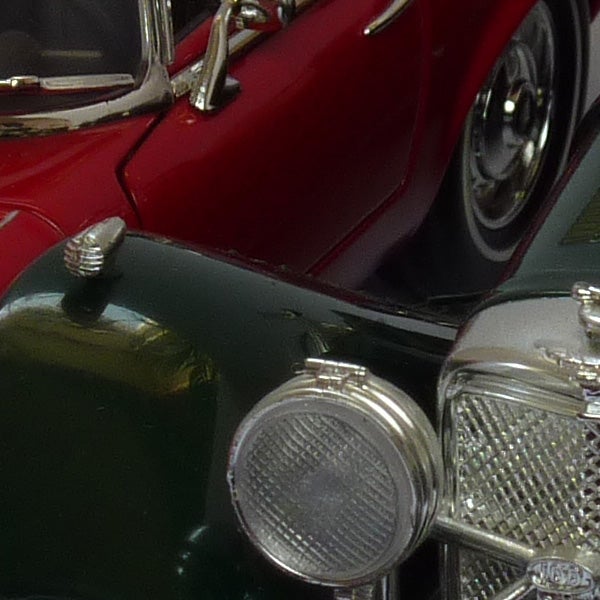
Image quality is superb at 80 ISO, although this shot is slightly under-exposed. My fault really, I’d forgotten that the minimum shutter speed was set to 1/8th of a second.
—-
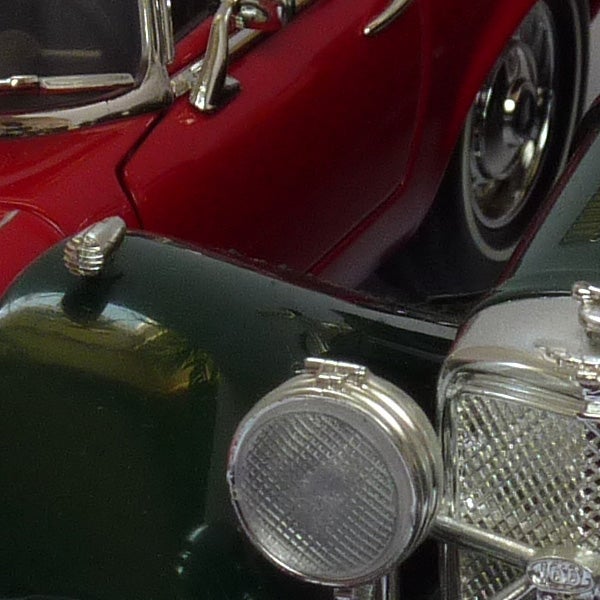
Better exposure at 100 ISO and the image quality is still flawless.
—-
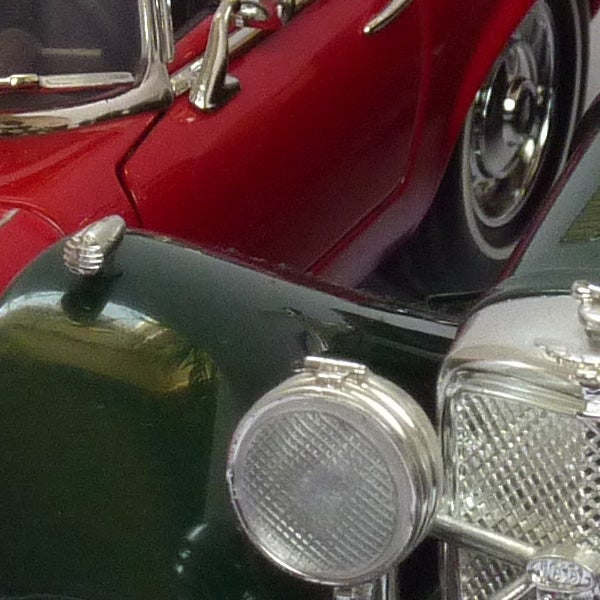
There is some sign of noise reduction at 200 ISO,but the image quality is still very good.
—-

Some traces of noise are visible at 400 ISO, and there is slightly less detail.
—-

Colour fidelity is breaking down at 800 ISO.
—-

1600 ISO is looking rather shaky.
—-
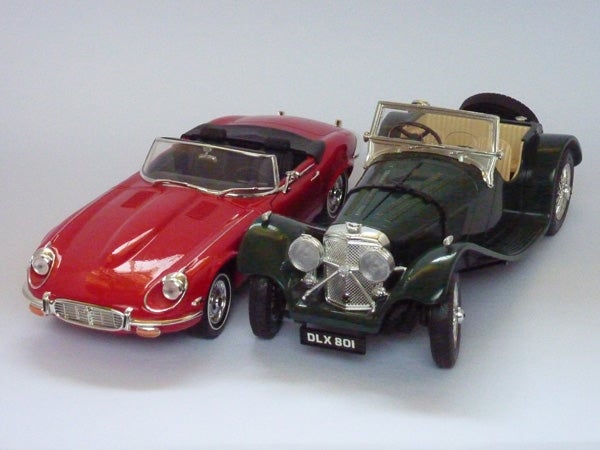
This is the full frame at maximum ISO.
—-
”A range of general test shots are shown over the next two pages. In some cases, the full size image has been reduced for bandwidth purposes, and a crop taken from the original full resolution image has been placed below it to show the overall image quality. Some other pictures may be clicked to view the original full-size image. ”
—-

Here’s the usual detail test shot of the West Window of Exeter Cathedral, for you to compare with other cameras. See below for a full res crop, or click to see the whole picture.
—-
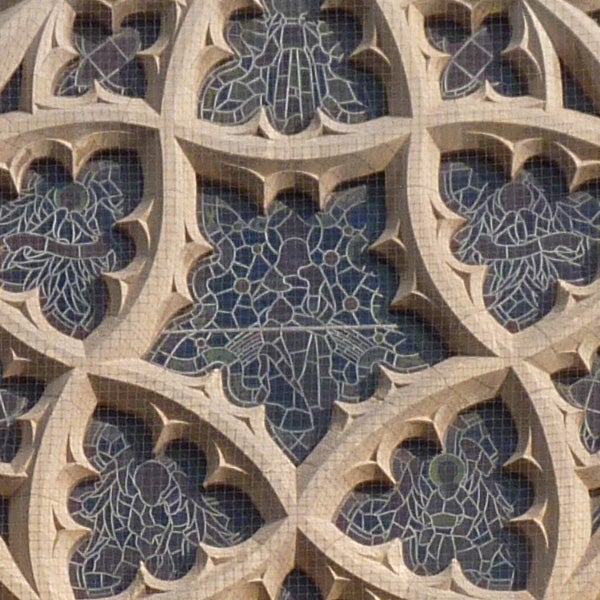
The level of sharp fine detail is superb, better than most 12MP cameras can manage.
—-
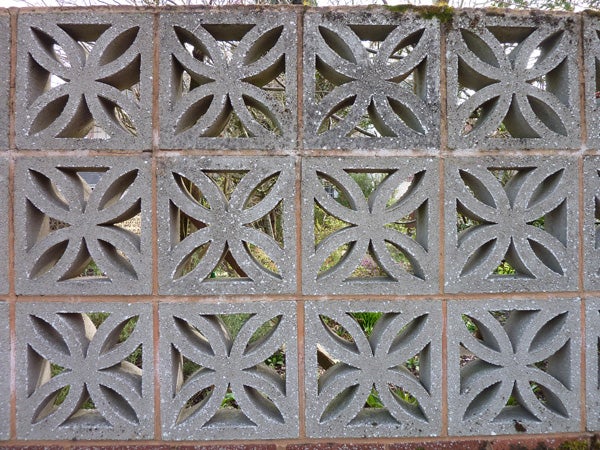
Unusually for a Panasonic Leica lens, there is some barrel distortion at the 25mm wide-angle end, however it is very slight.
—-

Centre sharpness is excellent, and focusing is accurate too.
—-

Corner sharpness too is very good, with no chromatic aberration.
—-
”Here are some general test shots to help evaluate the camera’s overall image quality, including dynamic range, colour rendition and the zoom range of the lens. Some pictures may be clicked to download the full size original image.”
—-

The thrilling specatacle that is the Exe estuary at low tide. It looks a bit dull but it’s famous for its bird life. The 25mm wide angle captures it in all its glory.
—-

The 300mm-equivalent telephoto end can pull in even the most distant details. This was shot hand-held at 1/500th of a second.
—-
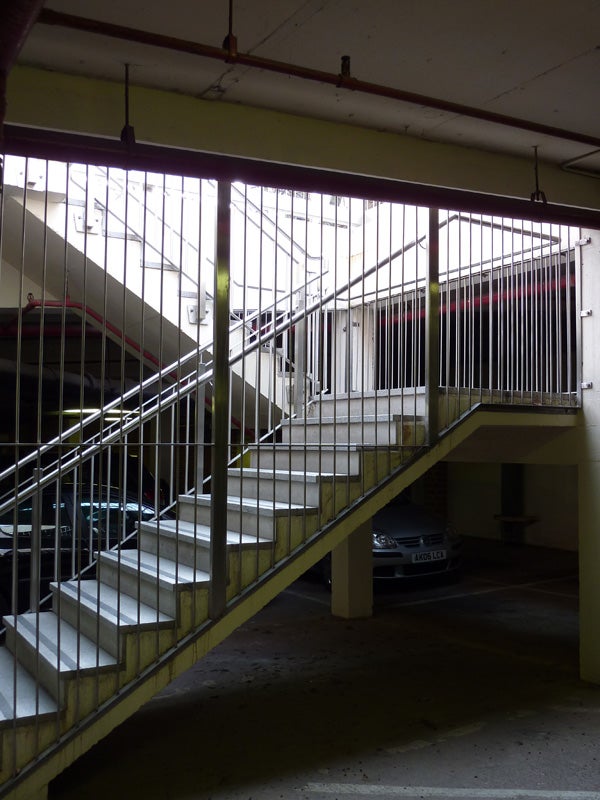
Dynamic range is very good considering the small size of the sensor. The highlights are burned out, but there’s plenty of shadow detail.
—-

Colours are beautifully bright and well-saturated.
—-

It looks like Spring’s come early this year, so let’s have some more bright colours.
—-
Trusted Score
Score in detail
-
Value 7
-
Image Quality 9
-
Build Quality 9
Features
| Camera type | Digital Compact |
| Megapixels (Megapixel) | 10.1 Megapixel |
| Optical Zoom (Times) | 12x |
| Image Sensor | CCD |
| Image Stabilisation | Optical |
| LCD Monitor | 3 in |
| Flash modes | Auto Flash, Flash OFF, Flash ON, Red-eye Reduction |
| Video (max res/format) | 1280 x 720 |
| Memory card slot | Secure Digital (SD) Card, Secure Digital High Capacity (SDHC) Card, MultiMediaCard (MMC) |

